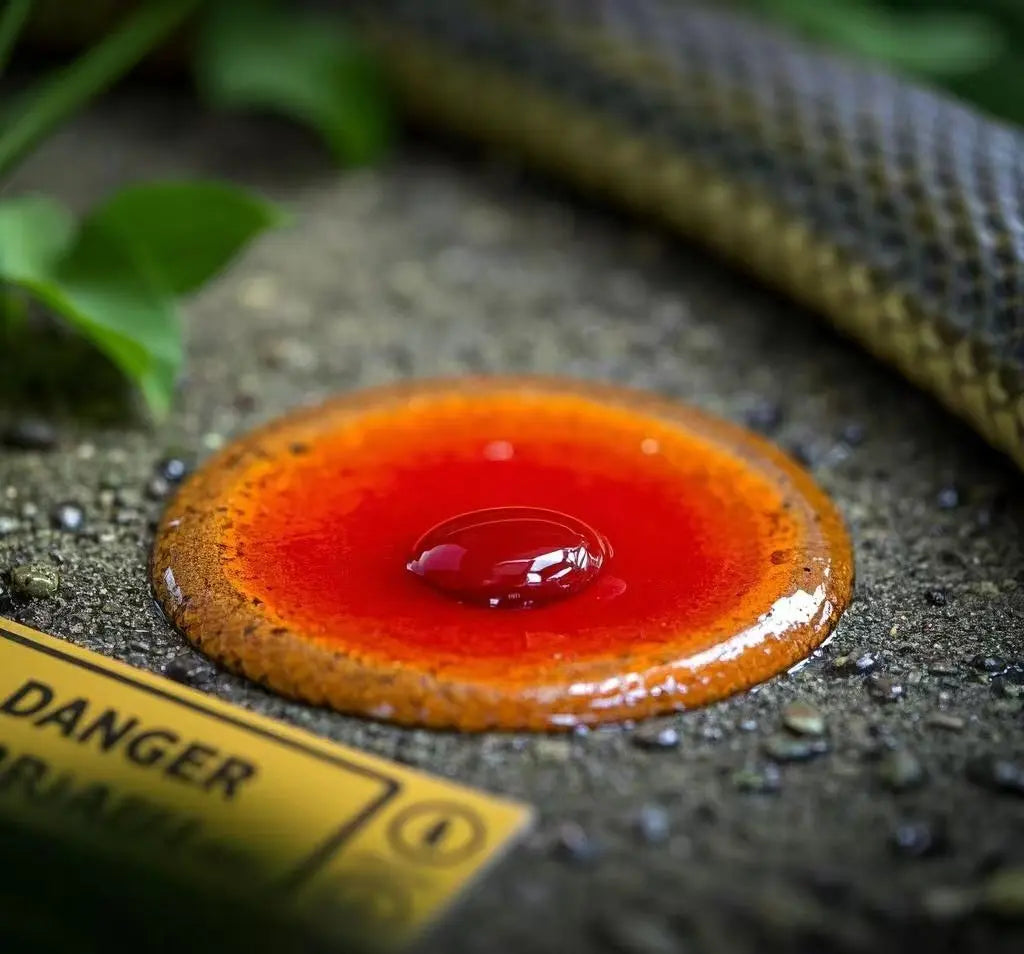Toxicity refers to the damaging nature of a drug to the organism. Toxic reactions are different from side effects, which are more harmful to the organism and can even be life-threatening. In order to ensure the safety of medication, it is necessary to recognize the toxicity of traditional Chinese medicine, understand the causes of toxic reactions, and master the rescue methods and preventive measures of traditional Chinese medicine poisoning.
Before the Western Han Dynasty, the term “poison” was used as a general term for all medicines. Zhou Li - Heavenly Palace": ‘Physicians gather poison for medical affairs’. Suwen - dirty gas method of time theory": ”poison to attack the evil, the five grains for nourishment, five fruits for help ....... The Eastern Han Dynasty, “this scripture” puts forward the “poisonous, non-poisonous” distinction, and said: “If the use of poisonous drugs to treat the disease, the first to start such as corn, the disease to go while stocks last. Do not go to times, do not go to ten, take to go for the degree.” The “Neijing” seven great treatises, there are also big poison, often poison, small poison and other discussions. From the poisonous even called to the distinction between poisonous and non-poisonous, reflecting the progress of human understanding of toxicity. After the Eastern Han Dynasty, the herbal writings on toxic drugs are labeled with their toxicity.
The predecessors used the strength of partiality to explain toxicity, non-toxicity and the size of toxicity. The therapeutic dosage of toxic drugs is close to or comparable with the toxic dosage, thus the safety degree of therapeutic use is small, and it is easy to cause toxic reactions. Non-toxic drugs have a greater degree of safety, but they are not absolutely free from toxic reactions. Ginseng, Ai Ye, Zhi Mu, Guan Mu Tong, etc. have been reported to produce toxic reaction, which is closely related to the dose is too large or take too long.
Toxic reactions should be avoided as much as possible when using drugs in the clinic. Due to the toxicity of the reaction with the drug storage, processing and concoctions, compounding, dosage form, route of administration, dosage, the length of time of use, as well as the sick animal's constitution, age, the nature of the symptoms are closely related. Therefore, the use of toxic drugs should be controlled from the above links to avoid poisoning.
Toxic drugs have a strong bias, according to the principle of correcting bias with bias and combating poison with poison, toxic drugs also have their own side to be utilized. In ancient and modern times, a large amount of experience has been accumulated in the use of certain toxic drugs for the treatment of malignant sores and poisons, scabies and ringworm, scrofula and gall tumors, and impediments in the abdomen, and definite curative effects have been obtained.
It is worth noting that most of the records of toxicity of drugs in ancient literature are correct, but due to historical conditions and limitations of personal experience and understanding, there are also some errors. For example, The Classic of the Materia Medica believes that dansha is non-toxic and is listed at the top of the list of superior medicines; The Compendium of Materia Medica believes that strychnine is non-toxic and so on. We should learn from modern pharmacological research results and pay more attention to clinical reports in order to better understand the toxicity of Chinese medicines.
It should be emphasized that most of the ancient people's understanding of drug toxicity was summarized from the observation of acute poisoning reactions, and although there was some understanding of chronic poisoning and accumulation of poisoning, due to the limitation of historical conditions, it failed to carry out systematic and in-depth observation and summarization. In today's conditions, we should strengthen the research in this area.
For the diagnosis and relief of drug poisoning, there are a lot of records in ancient literature, which contain a lot of valuable experience. Under today's conditions, we should combine modern medical understanding, diagnosis, rescue measures and methods to achieve better rescue results in a timely manner.

